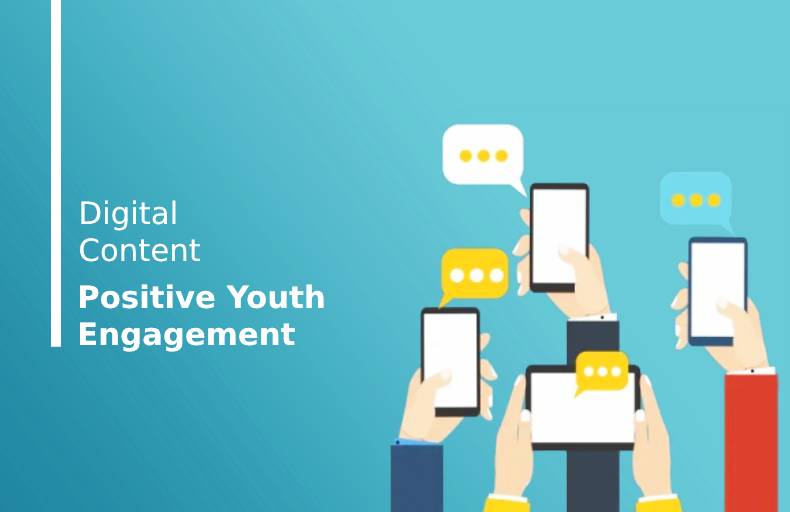Digital Content as a Tool for Positive Youth Engagement

In today’s digital age, children and teenagers are exposed to an unprecedented amount of digital content. While some of this content can be harmful like having easy access to content like PornoItaliano, but it is important to recognize that digital content can also be used as a tool for positive youth engagement. In this article, we will explore how digital content can be used to promote positive engagement among young people, including the benefits of positive youth engagement, types of digital content that can be used for positive engagement, and best practices for using digital content to engage young people.
The Benefits of Positive Youth Engagement
Positive youth engagement has been linked to a number of benefits for young people, including improved academic performance, reduced risk-taking behaviors, increased social and emotional development, and a greater sense of purpose and belonging. In addition, positive youth engagement can help to foster important life skills such as communication, problem-solving, and teamwork.
Types of Digital Content for Positive Youth Engagement
Many different types of digital content can be used to engage young people in positive ways. Some examples include:
Educational Content
Educational content, such as online courses or educational videos, can be a great way to engage young people in learning and encourage academic achievement.
Creative Content
Creative content, such as digital art or music, can provide a platform for young people to express themselves creatively and build important skills.
Social Content
Social content, such as social media platforms or online communities, can provide a space for young people to connect with others who share their interests and build meaningful relationships.
Gaming Content
Gaming content, such as video games or esports, can provide opportunities for young people to develop important skills such as strategic thinking, problem-solving, and teamwork.
Best Practices for Using Digital Content for Positive Youth Engagement
While digital content can be a powerful tool for engaging young people in positive ways, it is important to use best practices to ensure that the content is safe, appropriate, and effective. Some best practices for using digital content for positive youth engagement include:
Ensuring Safety and Privacy
It is important to ensure that the digital content being used is safe and appropriate for the age and maturity level of the young people being engaged. In addition, privacy concerns should be addressed to ensure that young people are not at risk of cyberbullying or other forms of harm.
Incorporating Diversity and Inclusion
Digital content should be inclusive and represent a diversity of voices and perspectives to ensure that all young people feel valued and included.
Fostering Active Participation
Digital content should encourage active participation and engagement from young people, rather than passive consumption.
Evaluating Effectiveness
It is important to evaluate the effectiveness of digital content in engaging young people and achieving positive outcomes.
Conclusion
Digital content can be a powerful tool for engaging young people in positive ways, promoting academic achievement, building important life skills, and fostering social and emotional development. However, it is important to use best practices to ensure that the content is safe, appropriate, and effective. By incorporating these best practices, we can harness the power of digital content to create a brighter future for our young people.
FAQs
- What are the benefits of positive youth engagement? Positive youth engagement has been linked to improved academic performance, reduced risk-taking behaviors, increased social and emotional development, and a greater sense of purpose and belonging.
- What types of digital content can be used for positive youth engagement? Many different types of digital content can be used for positive youth engagement, including educational content, creative content, social content, and gaming content.
- How can I ensure that the digital content I am using is safe and appropriate for young people? It is important to ensure that the digital content being used is safe and appropriate for the age and maturity
- Why is it important to incorporate diversity and inclusion in digital content for youth engagement? Incorporating diversity and inclusion in digital content is important to ensure that all young people feel valued and included, and to provide a broader representation of perspectives and experiences.
- How can I evaluate the effectiveness of digital content in engaging young people? To evaluate the effectiveness of digital content in engaging young people, you can collect feedback from young people, track their participation and progress, and assess whether the content is achieving the desired outcomes.